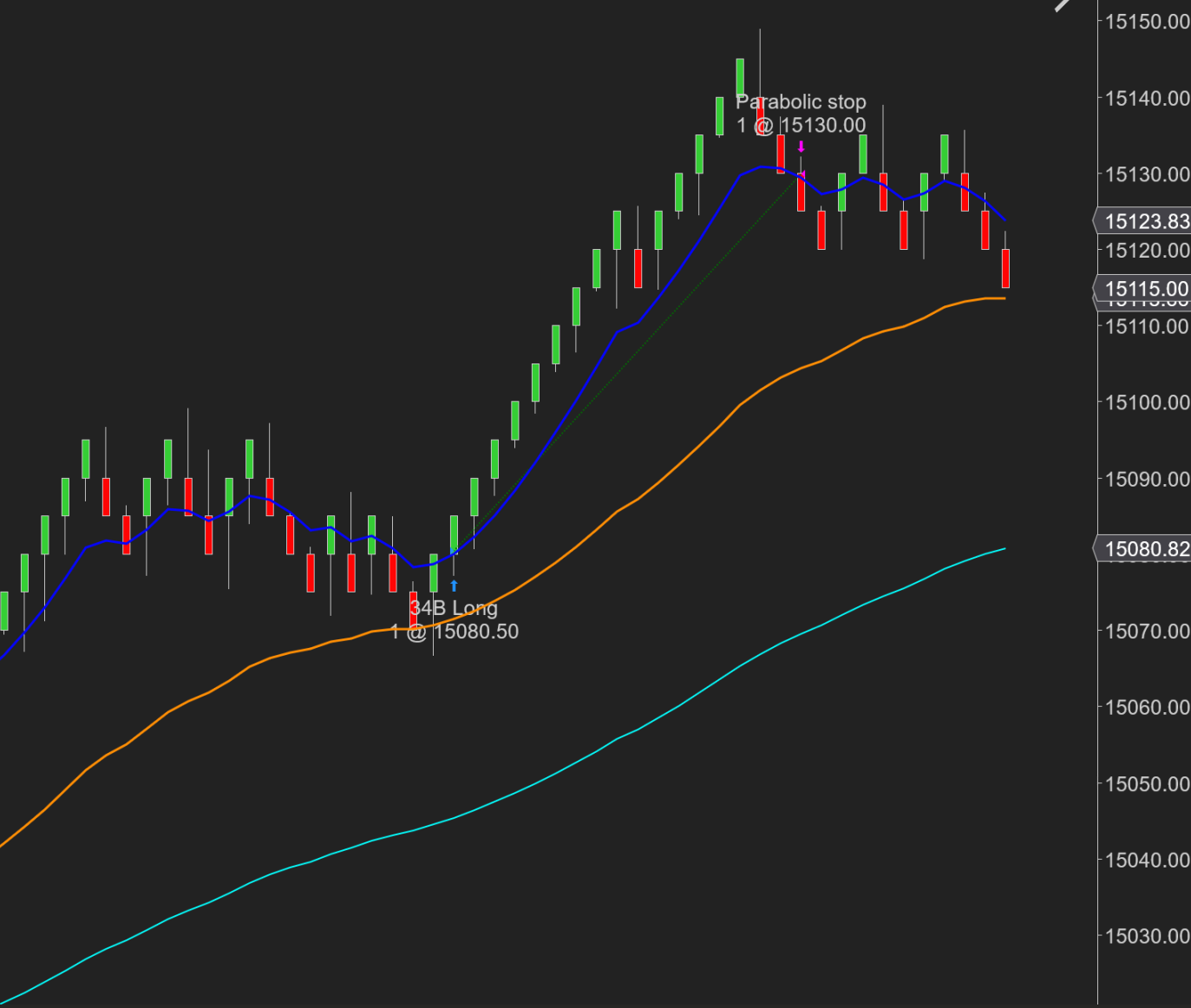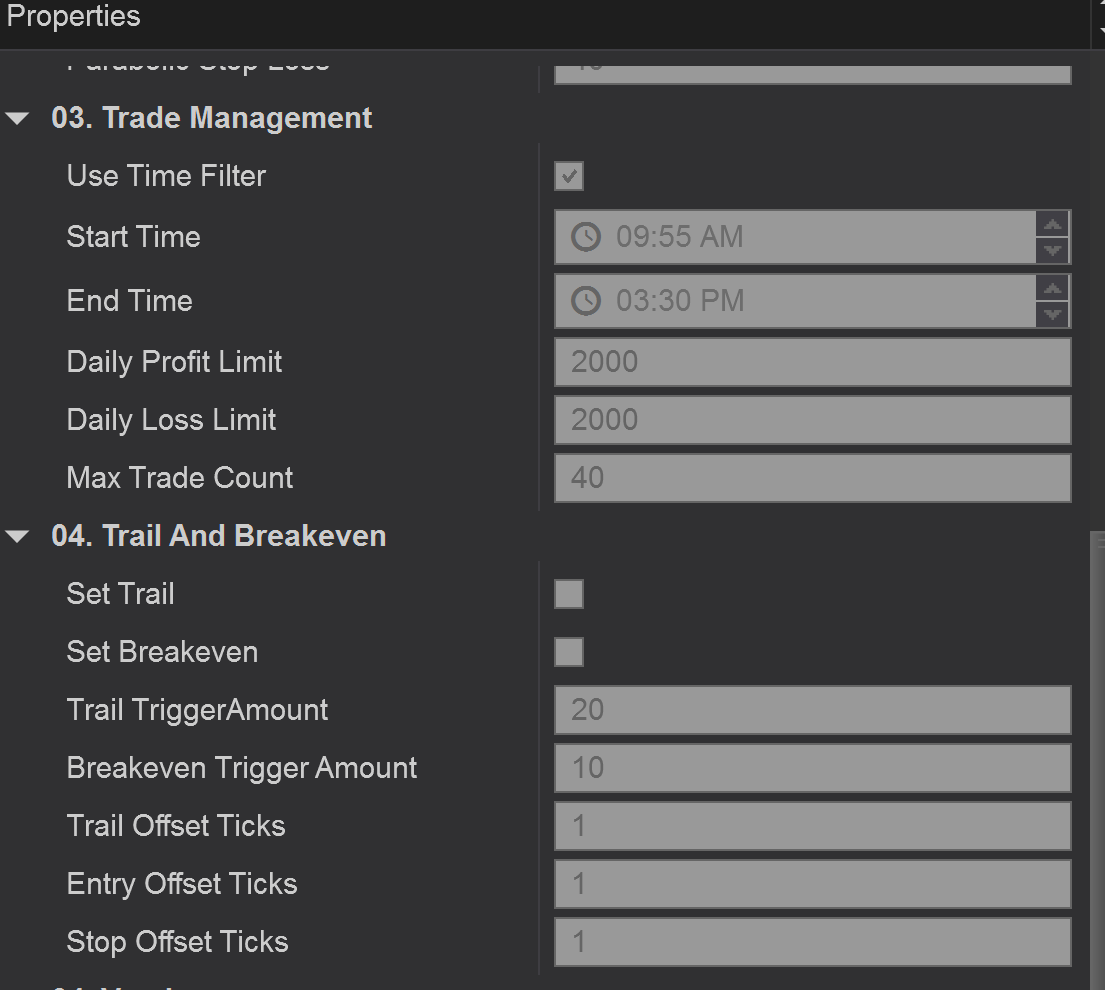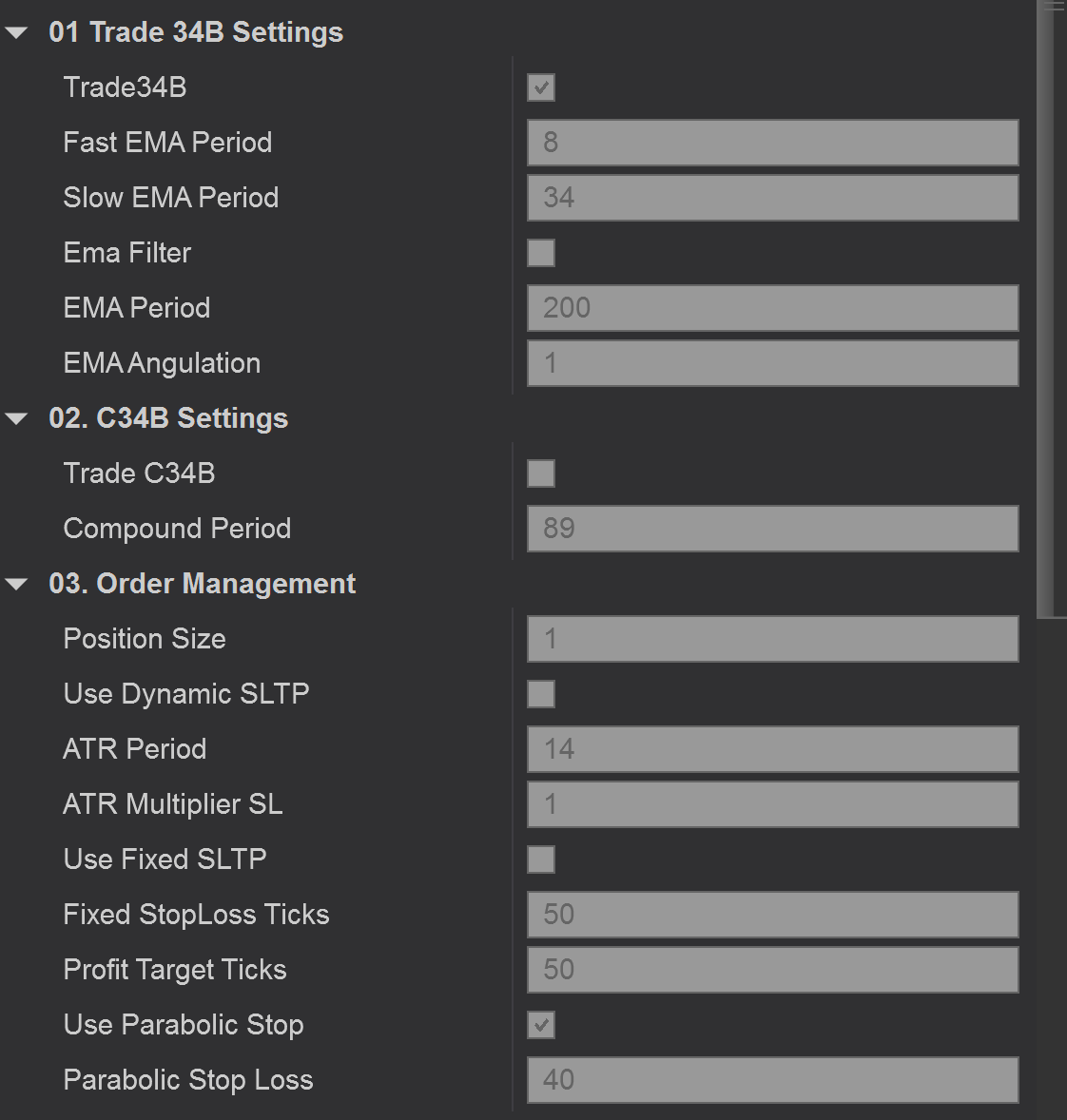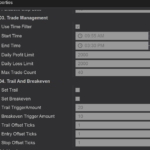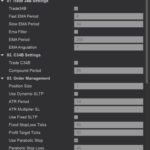Description
Understanding the EMA Bounce Strategy
Introduction:
In the world of futures trading, various strategies are employed to analyze market trends and make informed investment decisions. One such strategy is the Bounce from EMA (Exponential Moving Average) strategy. This approach relies on the concept of price bounces off the EMA line as a potential entry or exit point. In this post, we will delve into the details of the Bounce from EMA strategy, exploring its key principles and how it can be used in trading.
What is the Exponential Moving Average (EMA)?
Before diving into the strategy, it’s essential to understand the Exponential Moving Average (EMA). EMA is a technical indicator that smooths out price data over a specified period, placing more weight on recent prices compared to older ones. It is a popular tool used by traders to identify trends, support and resistance levels, and potential price reversals.
The Bounce from EMA Strategy:
The Bounce from EMA strategy is based on the belief that when the price approaches or touches the EMA line, it has the potential to bounce to its original direction.
Here are the key principles of the Bounce from EMA strategy:
1. Identifying the EMA: The first step is to determine the appropriate EMA period that suits the trading style and the specific asset being analyzed. Common EMA periods used by traders include 21-day, 34-day, and 89-day EMAs. T
2. Defining the Bounce: Once the EMA is set, traders monitor the price action of the instrument they are trading. When the price approaches or touches the EMA line, it is considered a potential bounce point. When price action confirms the bounce we have an effective ema bounce strategy in place.
3. Risk Management: Like any trading strategy, risk management is crucial when implementing the Bounce from EMA strategy. Traders should set stop-loss orders to limit potential losses if the price doesn’t behave as expected. They may also employ profit targets or trailing stop orders to secure gains during price movements.
Limitations and Considerations:
While the EMA bounce strategy can be effective in certain market conditions, it is important to acknowledge its limitations and consider additional factors:
1. False Signals: Not all bounces from the EMA line result in a significant price reversal. Traders must be cautious of false signals and utilize additional technical analysis tools for confirmation.
2. Market Volatility: During highly volatile periods, the Bounce from EMA strategy may produce mixed results. It is advisable to adapt the strategy to suit prevailing market conditions and consider incorporating other indicators.
3. Backtesting and Practice: Before implementing the strategy with real capital, traders should conduct thorough backtesting and practice on historical price data to assess its performance and gain confidence in its application.
Conclusion:
The EMA Bounce Strategy is a technical trading approach that leverages price bounces off the EMA line as potential entry or exit points. By combining the EMA indicator with other technical analysis tools, traders aim to identify favorable risk-reward opportunities. However, it is important to exercise caution, conduct proper analysis, and consider market conditions and risk management principles when utilizing this strategy.



